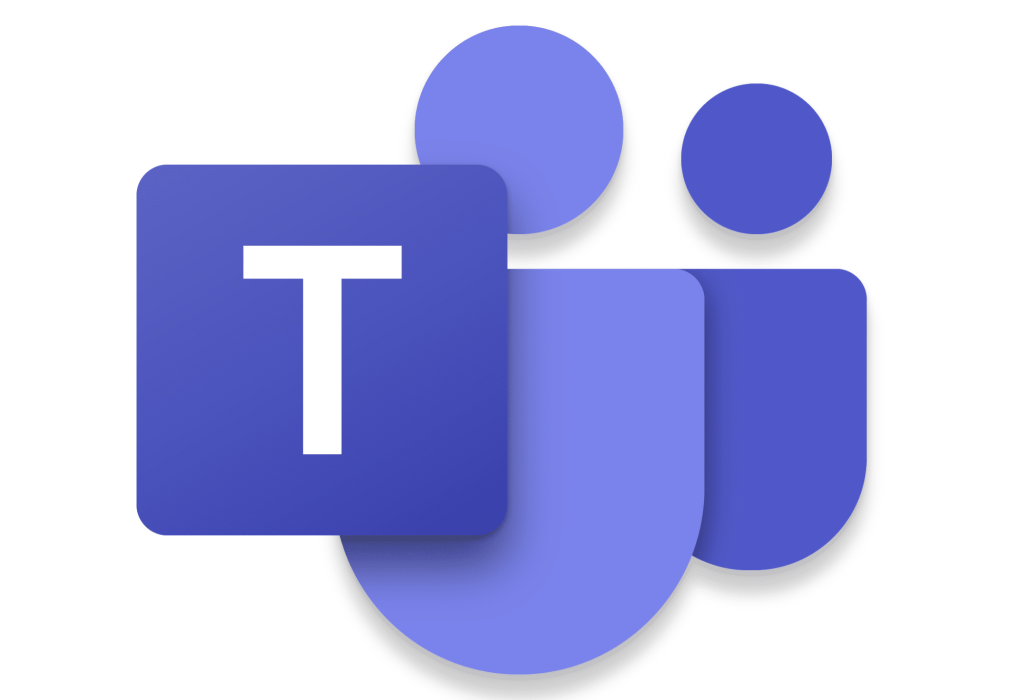Microsoft 365 Tips to Enhance Remote Team Collaboration and Productivity

Introduction
In today’s hybrid work environment, remote teams need the right tools to stay connected and productive. Microsoft 365 offers a suite of powerful applications that enable seamless collaboration, effective communication, and efficient task management. This guide provides essential tips on how to use Microsoft 365 to enhance remote team collaboration and boost productivity.
1. Streamlining Communication with Microsoft Teams
Effective communication is crucial for remote teams. Microsoft Teams provides a unified platform for video calls, chat, file sharing, and real-time collaboration. Utilising Teams channels, scheduled meetings, and chat features can significantly improve team communication.
Example:
A marketing agency used Microsoft Teams to set up project-specific channels, enabling team members to share updates, files, and ideas in real-time. This improved project visibility and reduced email clutter. For more insights, explore organising company information in SharePoint.
2. Enhancing Document Collaboration with SharePoint
Working on documents collaboratively is a breeze with SharePoint. Teams can co-author documents, track changes, and maintain version control, ensuring everyone is on the same page.
Example:
A legal firm leveraged SharePoint to store contracts and legal documents, allowing multiple team members to review and edit files simultaneously. This streamlined their workflow and saved time on document approvals. Learn more about Power Platform SharePoint document management.
3. Automating Routine Tasks with Power Automate
Manual tasks can slow down productivity, especially in a remote setting. Power Automate allows teams to automate repetitive processes, such as data entry, approvals, and notifications, to save time and reduce errors.
Example:
An HR department used Power Automate to automate employee onboarding, sending welcome emails, collecting digital signatures, and scheduling introductory meetings, reducing manual workload by 40%. For more on automation, see managing permissions and security in Power Automate.
4. Boosting Productivity with OneNote and Planner
Staying organised is vital for remote teams. Microsoft OneNote is perfect for taking notes, creating to-do lists, and organising ideas. Additionally, Microsoft Planner helps teams manage tasks, set deadlines, and track project progress.
Example:
A software development team used Planner to assign tasks, set priorities, and track milestones, leading to a 30% increase in project efficiency. Discover tips for optimising your workflows in Exploring Power Apps Component Framework.
5. Securing Data with Microsoft 365 Security Features
Data security is a top priority for remote teams working across different locations. Microsoft 365 offers robust security features like multi-factor authentication, data loss prevention, and conditional access policies to safeguard sensitive information.
A financial consultancy used Microsoft 365’s security features to protect client data and ensure compliance with industry regulations, reducing security incidents by 25%. Learn about secure data management in AI Power Platform for Smarter Processes.
Conclusion
Leveraging Microsoft 365 tools like Teams, SharePoint, Power Automate, OneNote, and Planner can transform the way remote teams collaborate and enhance productivity. By implementing these tips, businesses can optimise their workflows, improve communication, and ensure data security. Start using Microsoft 365 today to empower your remote teams and achieve better results.

